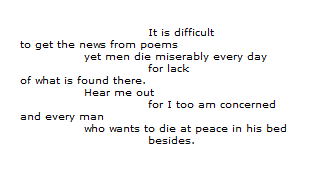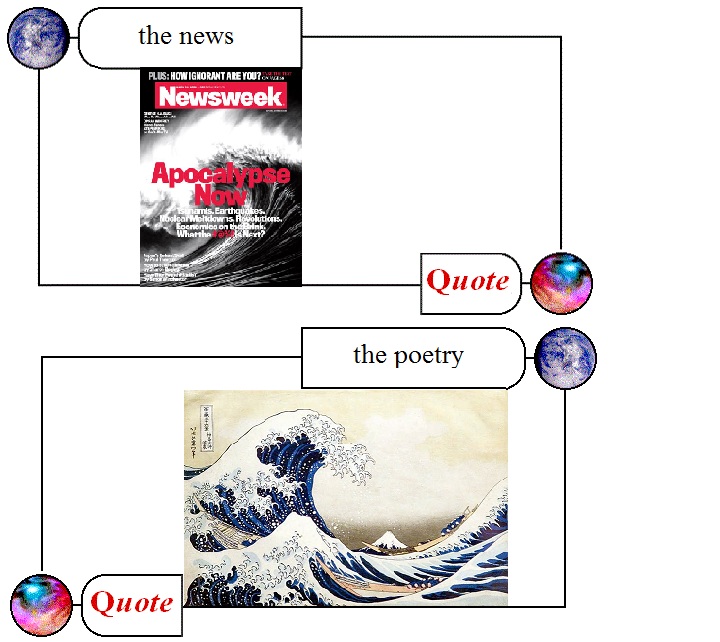Of the tsunami and Mt. Fuji
[ by Charles Cameron — cross-posted from ChicagoBoyz ]
I’ve been thinking quite a bit about William Carlos Williams and his observation in Asphodel, That Greeny Flower:
Our news media blare with (apocalyptic but not revelatory) trumpets…
while Hokusai, painting circa 1831, conveys the vulnerability of the (Japanese and human) situation with his image of boats in a storm.
*
Here’s Dr. Barnett, in my own transcript of his video this week:
The surprise factor here really shouldn’t exist in our minds. I mean the mega-disaster of a tsunami plus and earthquake plus a nuclear meltdown in Japan – well, those three are already highly linked. Japan highly depends on nuclear power, it’s one of the most seismically active island chains in the world, and tsunami is a Japanese word. So if you are going to put a forty year old very aging early technology nuclear power plant right on the coast in Japan, the only mega-disaster you’re going to get there is an earthquake-triggered, tsunami-delivered nuclear meltdown. So these are not surprising connections, we’re just bumping into the connectivity that’s natural and only becoming more expansive as globalization advances.
That’s exactly right – and Hokusai should have been an early warning.
The only thing missing from Barnett’s analysis, and present in Hokusai, is Mt. Fuji – or what TS Eliot (to circle back again to “verbal” poetry) would call “the still point of the turning world”.





April 2nd, 2011 at 2:09 am
The Hokusai conveys more than vulnerability, it conveys fractals. Mandelbrot pointed it out in his excellent Fractals in Nature (which is one my favorite books which is also over my head:)). I may come back tomorrow and share a couple of other thoughts…good post.